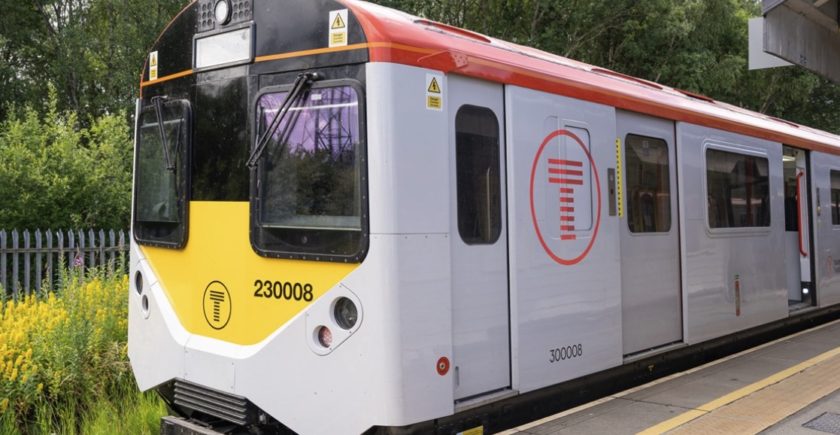North Wales MS Mark Isherwood highlighted the unreliability of the Transport for Wales (TfW) ‘Class 230’ train service between Wrexham and Bidtson in the Senedd this week and called on the Welsh Government to work to address it.
Following months of disruptions on the Borderlands Line due to a shortage of rolling stock, TfW introduced the Class 230 trains after years of delays.
The Class 230s are a fleet of five hybrid diesel/battery trains which use the bogies and aluminium bodyshells of withdrawn London Underground trains.
TfW purchased them for the Wrexham to Bidston line to fulfil a short-term commitment of increasing the number of services on the line, woith a view to eventually delivering a half-hourly service.
The trains were intended to come into service in 2019 but were blighted by delays due to the pandemic and technical issues.
TfW finally bit the bullet and introduced the Class 230s on the Borderlands Line – a vital route through Flintshire to Wrexham and the Wirral – in early April.
Since then the units have struggled with reliability and adhering to the hourly timetable with multiple breakdowns and cancellations of services.
In March,
rail user group The Wrexham Bidston Rail User Association (WBRUA) has expressed significant concerns regarding the management and operation of the line by Transport for Wales (TfW) and has said it should be handed over to Merseyrail.
In response, the Deputy Minister responsible for transport Lee Waters said it is “important” the Welsh government “faces the music” over criticism around the Wrexham to Bidston railway line as the situation for passengers in recent months has been “awful.”
Transport for Wales has now made a series of
commitments under its ‘5 step plan’ which includes improving the reliability of the new Class 230 trains ‘through investment into the new depot at Birkenhead.”
A dedicated route officer has also been appointed “to delve deep into the issues on the line.”
Nonetheless, even after the 5-step plan was put into action, the service on the line has been experiencing disruptions almost daily and appears to be unable to maintain an hourly service.
Concerns about the Wrexham Bidston line were brought up during a meeting of the Welsh Parliament on Wednesday.
Mark Isherwood questioned the Minister for Rural Affairs and North Wales, Lesley Griffiths MS, despite the Chief Executive of Transport for Wales stating the Class 230 trains “have generally been operating reliably.”
He said: “Growth Track 360, as you know, is the public-private partnership, uniting north Wales, the Wirral, and Cheshire West and Chester, working to improve cross-border transport connectivity, with specific emphasis on rail.”
“After local concerns about poor service delivery and delays to the introduction of the long-promised half-hourly service on the Wrexham-Bidston line required them to make representations to the Welsh Government, they welcomed the commitment from Welsh Government and Transport for Wales to improve services on the borderlands line.”
Mr Isherwood said: “However, how will you engage with Welsh Government colleagues regarding the concern expressed to me by the Wrexham-Bidston Rail Users’ Association about the statement made to me by the chief executive of Transport for Wales that the class 230 trains have generally been operating reliably, and the major technical issues seem to have been resolved, where they instead state that the continuing unreliability of the class 230s and their inability to keep scheduled time throughout their full-day’s diagrams, suggest that this units will be unable to maintain an hourly service this summer, still less operate a 30-minute frequency in the autumn?”
In response, Lesley Griffiths MS said: The new class 230 train did begin on the Wrexham to Bidston line on 3 April, and I think it’s again very fair to say that there were some very disappointing delays bringing them into service.”
“And I know that Transport for Wales had to rigorously ensure the train’s safety and reliability following incidents during initial testing.”
“The reliability of those trains has to be Transport for Wales’s focus going forward, and I know they’ve invested in the Birkenhead depot, and trains no longer have to travel to Chester for service and repair, which I think is a very positive move.”

